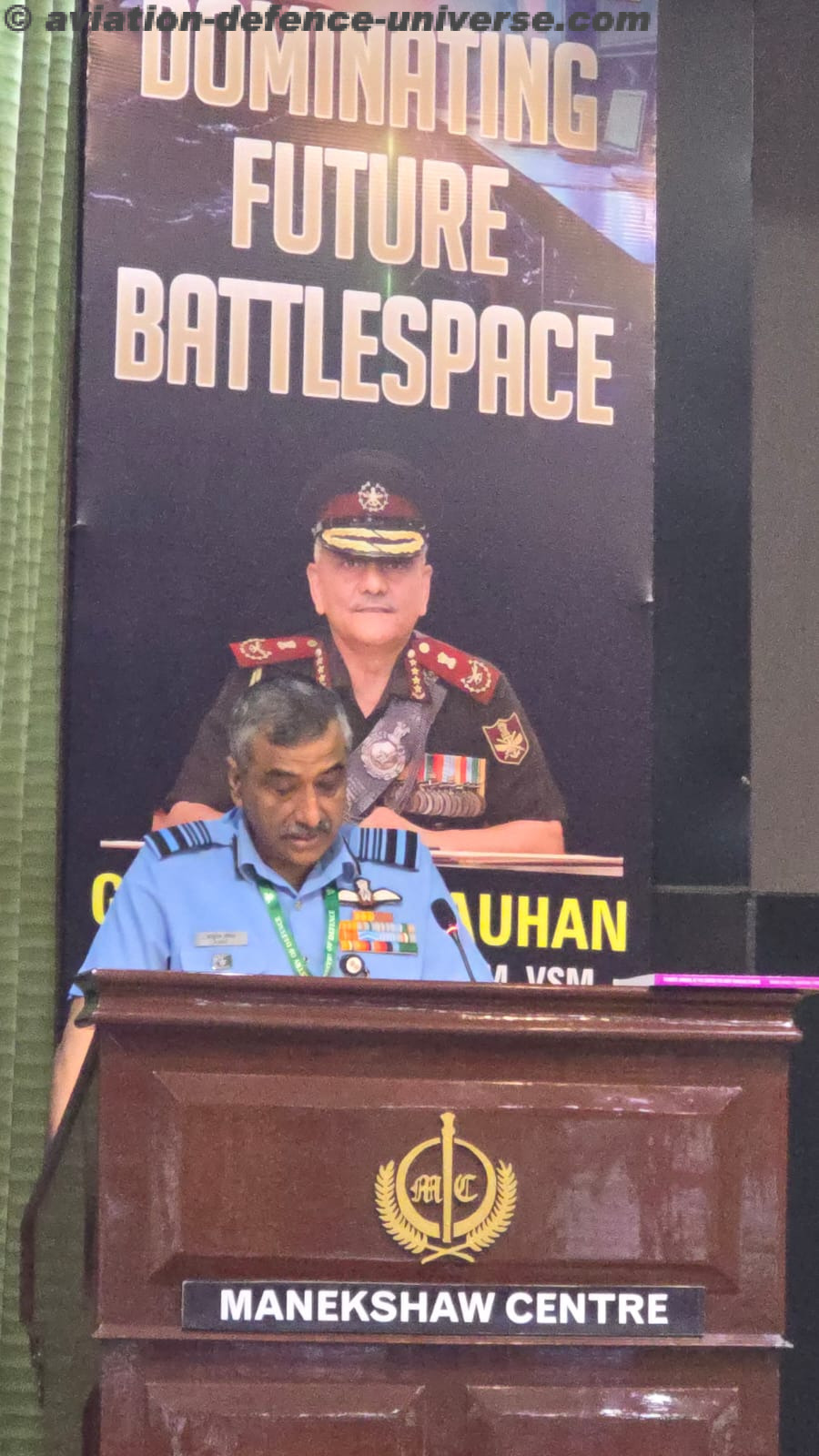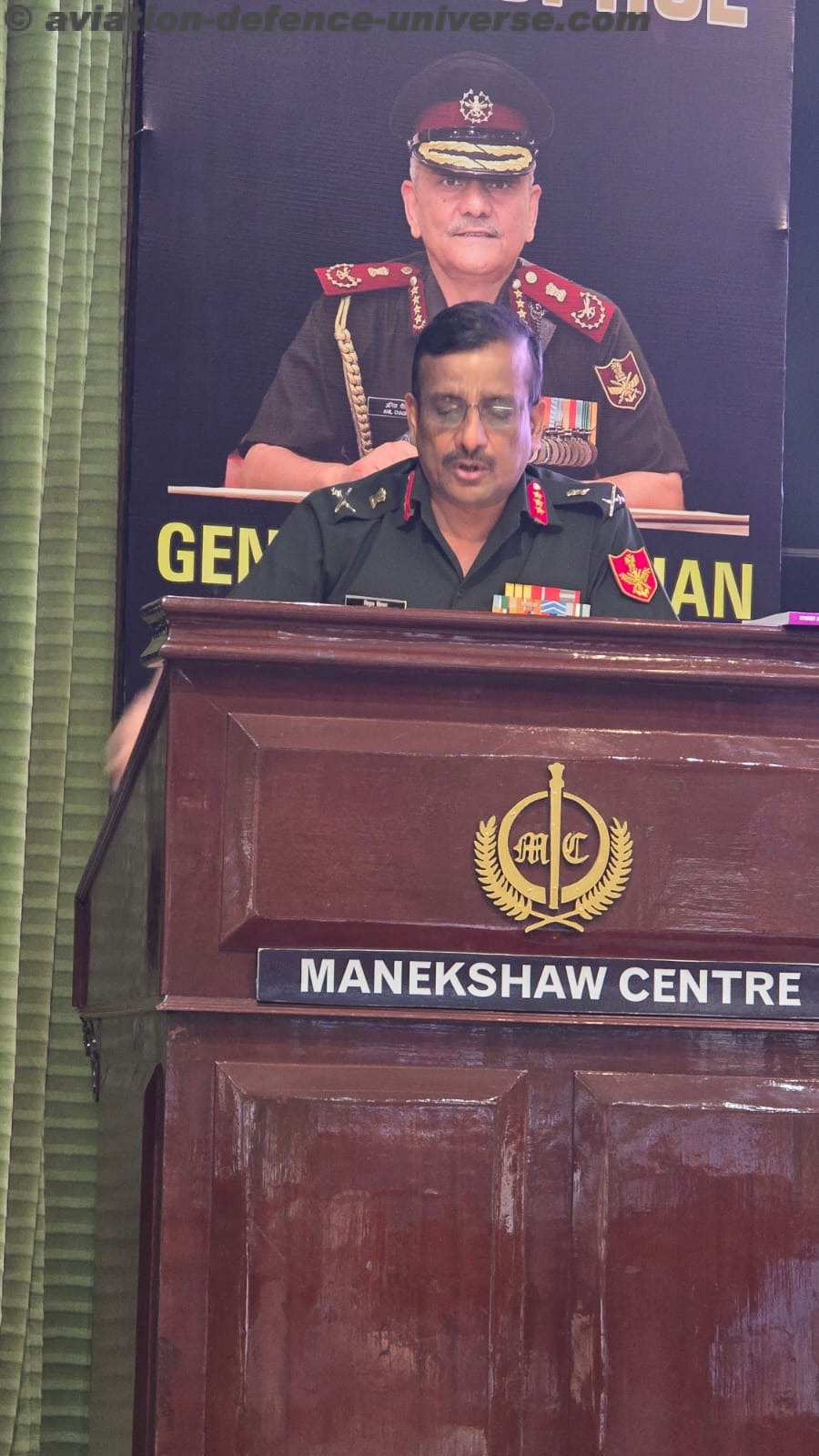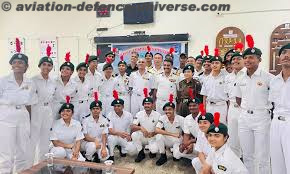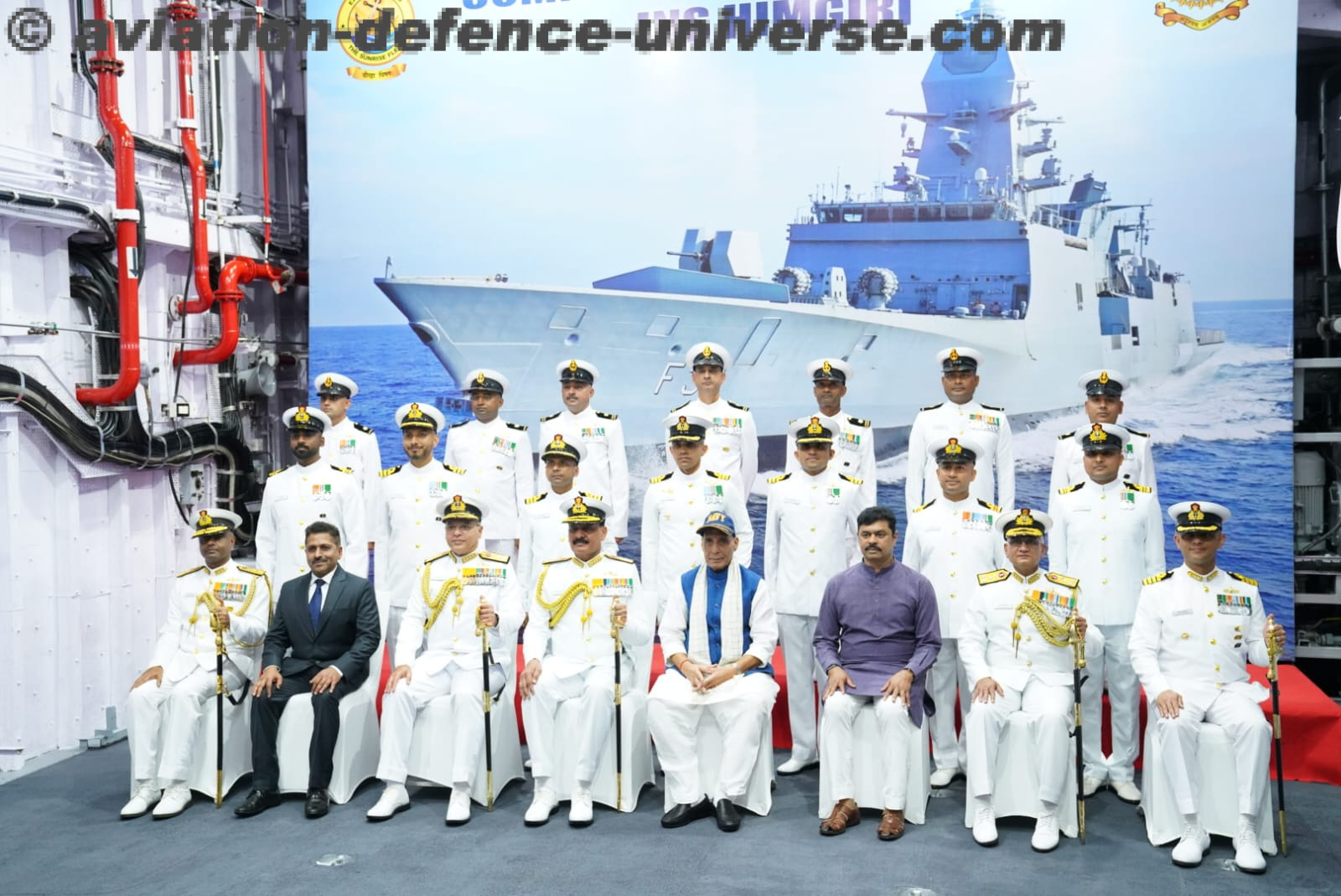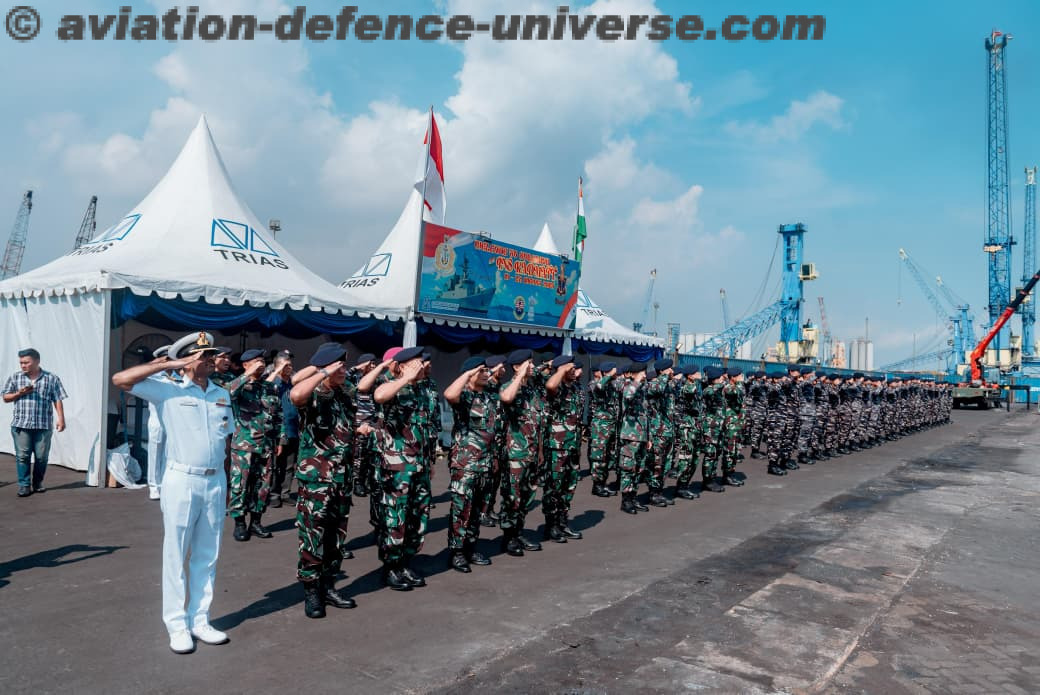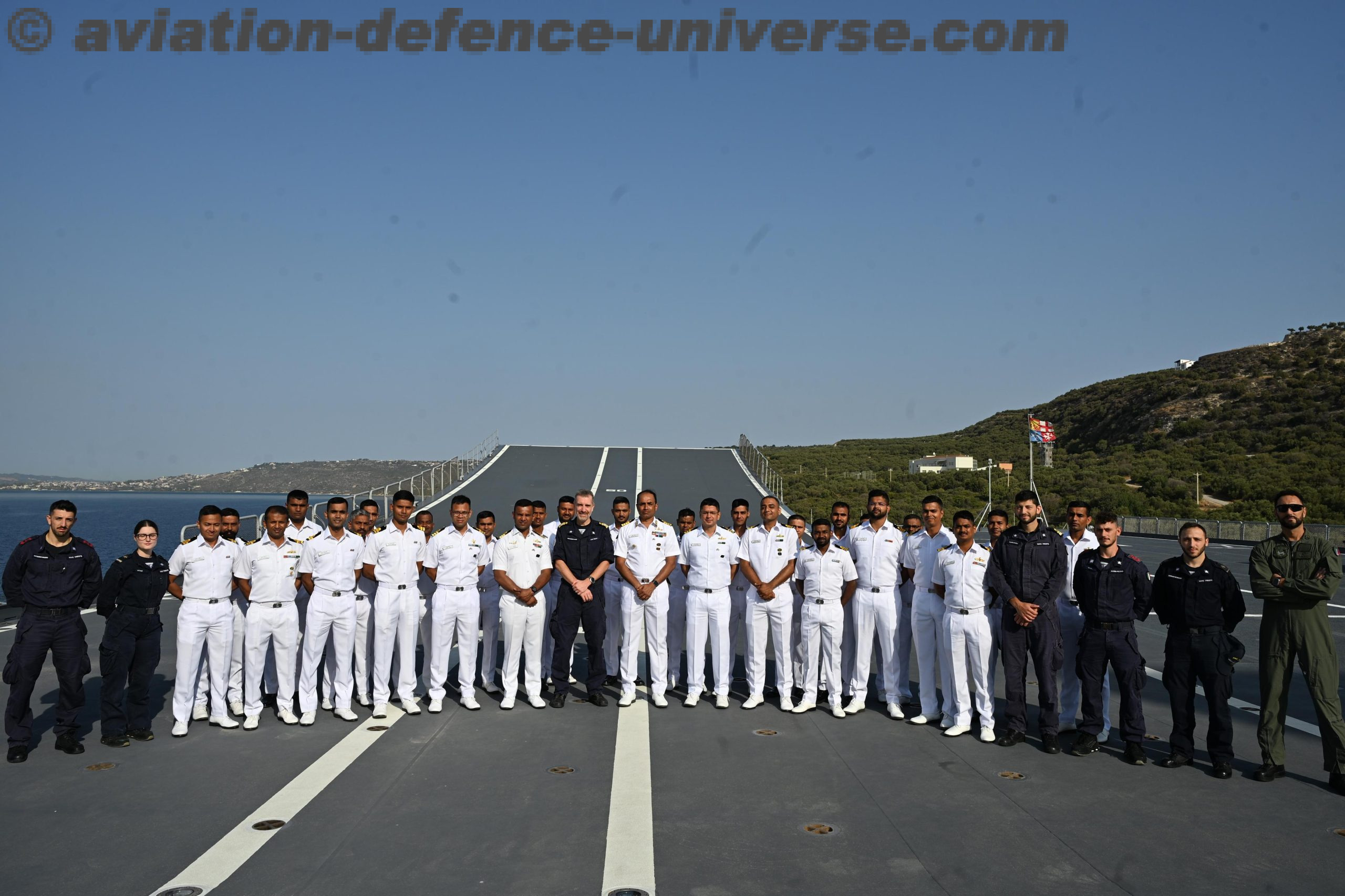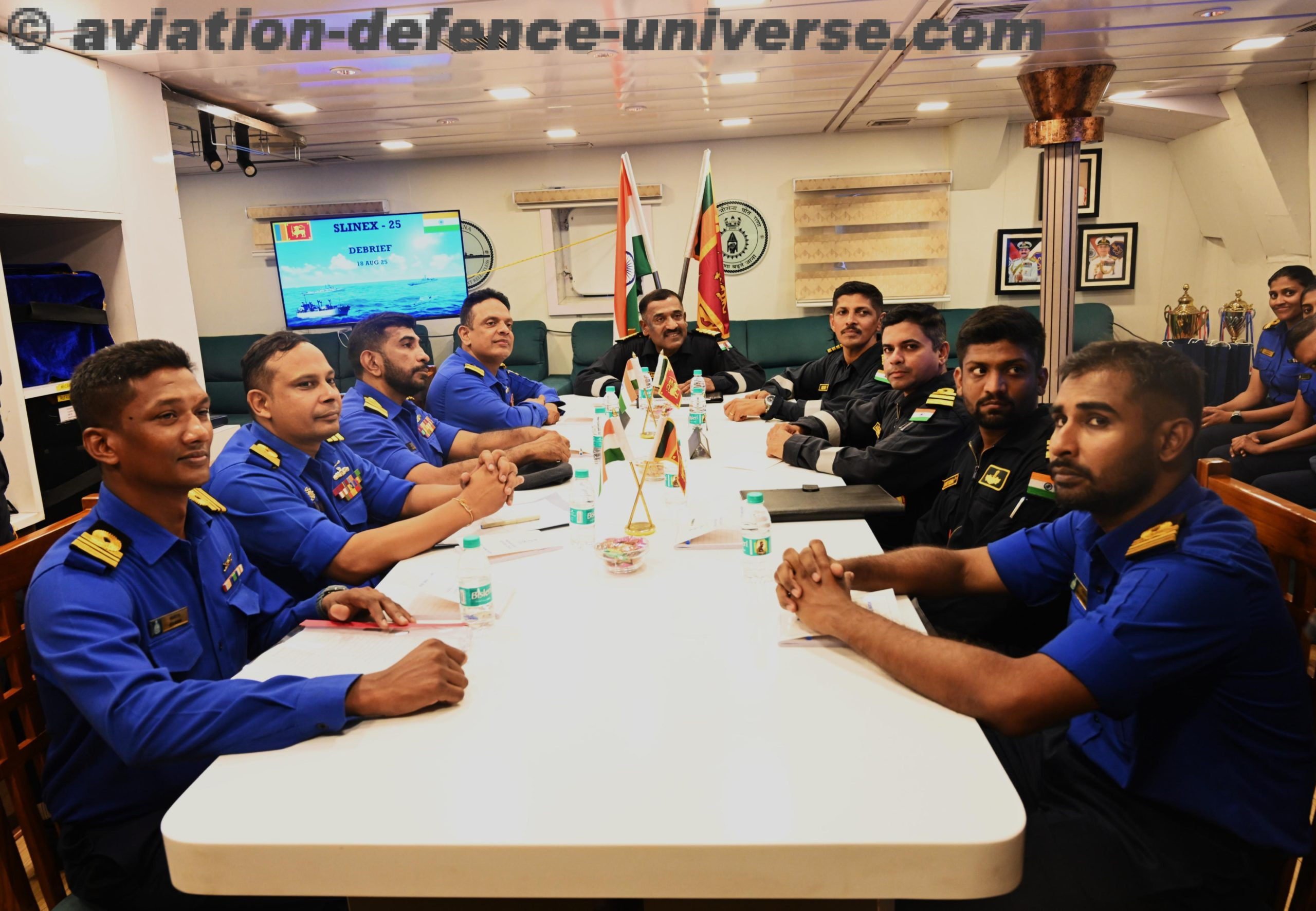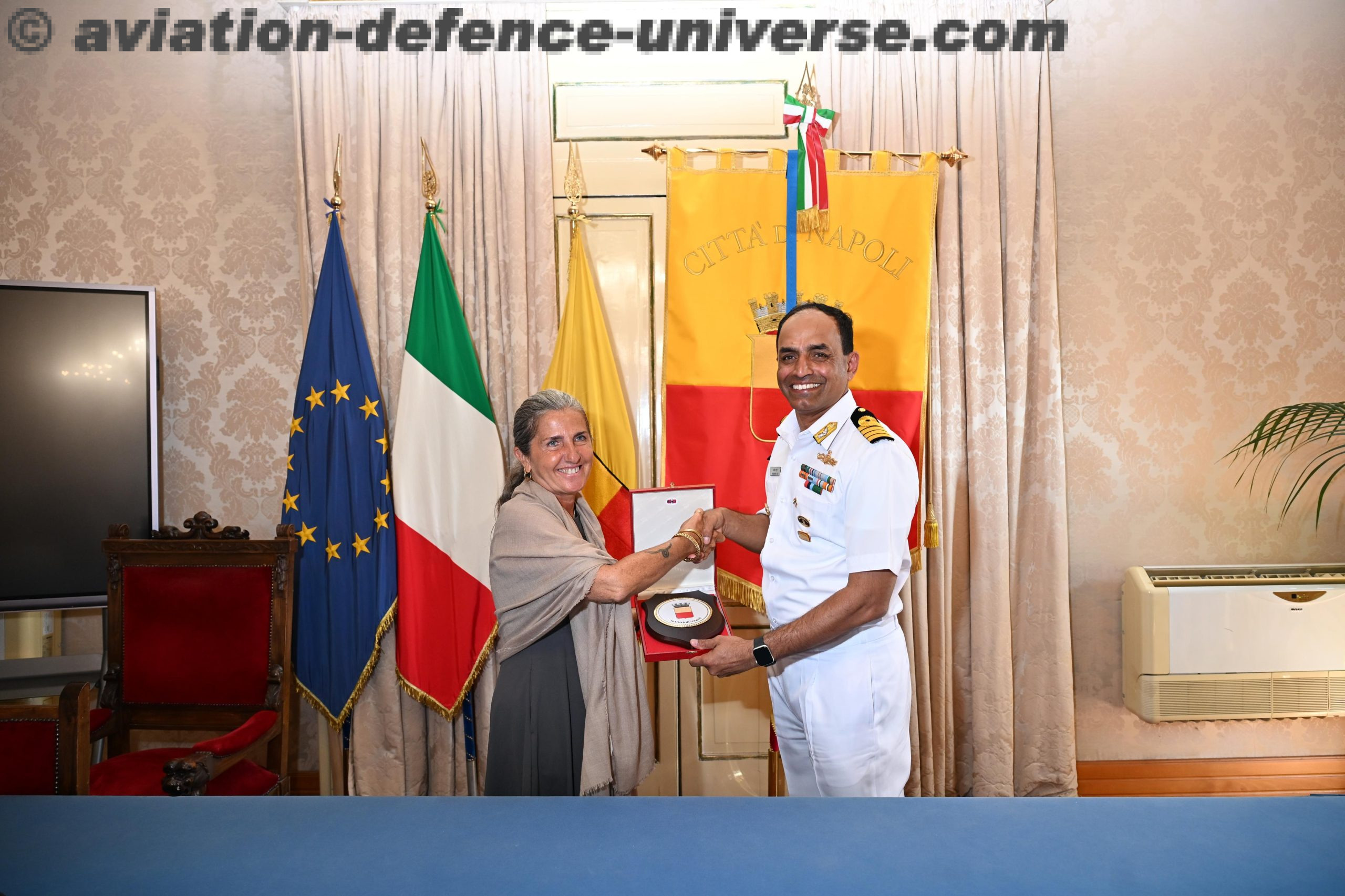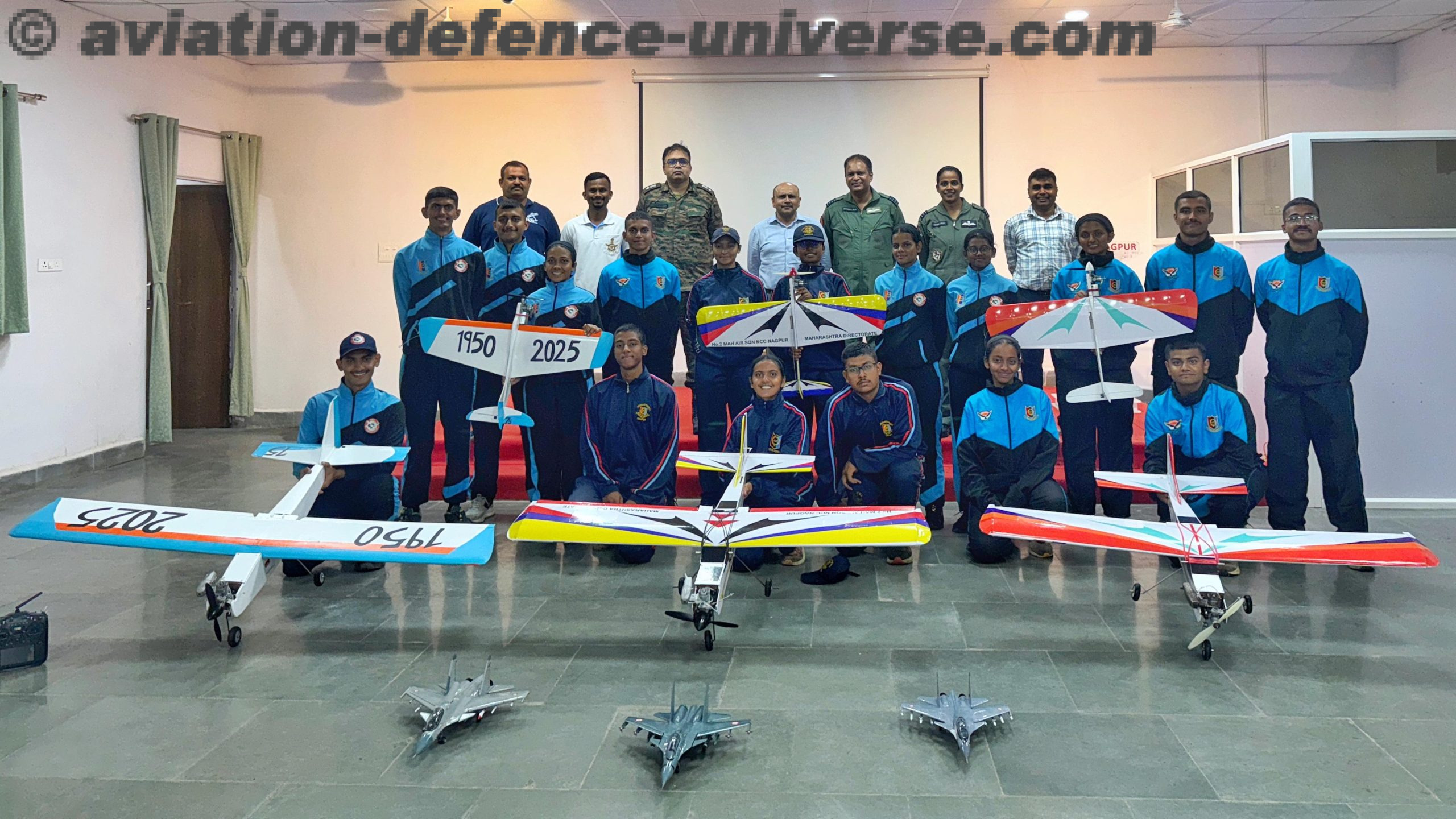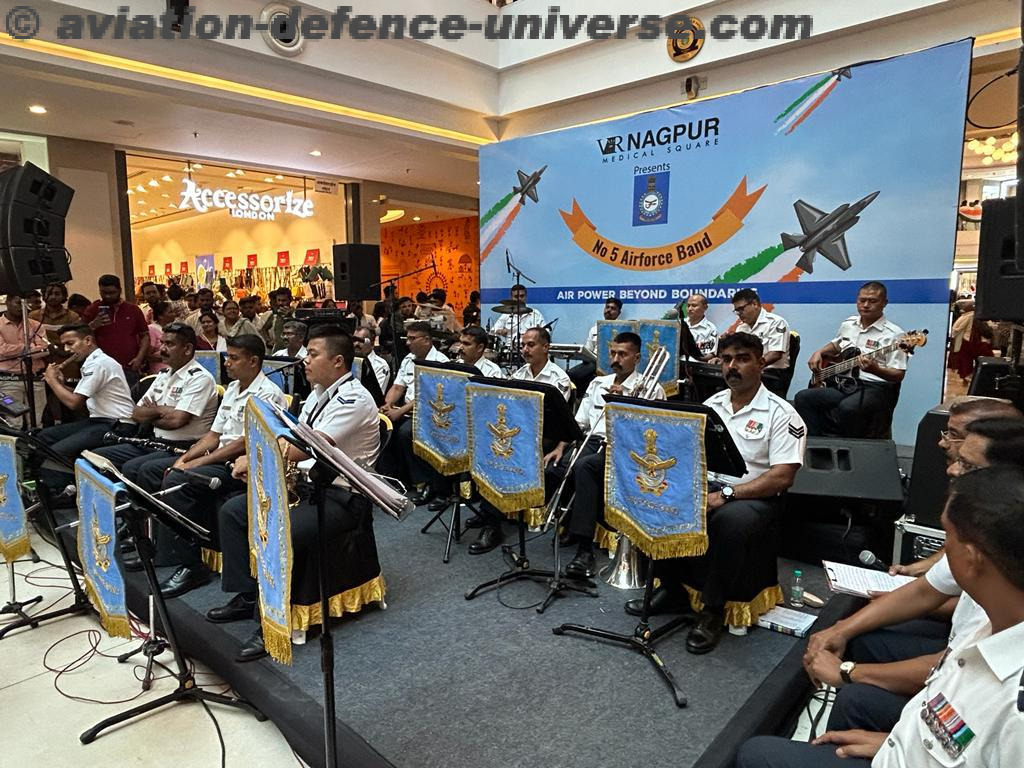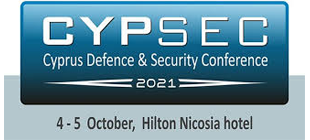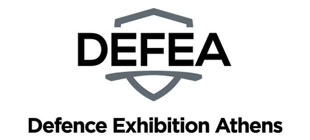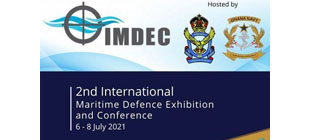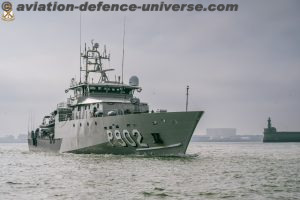
Not only will these warships offer attendees at the show the exclusive opportunity to see first-hand the latest advancements in maritime technologies and engage with those serving onboard, but visitors can also expect to see the return of waterborne demonstrations. The live demonstrations of manned and autonomous craft will take place twice a day, giving attendees the opportunity to see firsthand how the UK and its allies are responding to confront not only the challenges presented by emerging technologies, but to harness them to secure a competitive advantage at sea.
Key waterborne demonstrations to look out for will be the L3Harris Shadow Fox high-speed, multi-purpose Autonomous Surface Vehicle, which is capable of operating beyond-line-of-sight for extended periods of time. Also from the UK, ACUA Ocean’s USV Pioneer provides the space, weight, and power to safely deploy senor and system payloads of up to 6.5 tonnes in up to 4m wave heights. Representing Latvia, VIC TEC will be showcasing its autonomous naval solutions that promise to enhance and support military operations through its unmanned surface vehicles equipped with torpedo launch and air defence systems.
The visiting warships for DSEI UK 2025 include:
- Royal Navy Type 23 Duke-class frigate, HMS Iron Duke
- Royal Navy P2000 Archer-class patrol vessel, HMS Example
- Belgian Navy P902 Castor-class patrol vessel, BNS Pollux
- German Navy F219 Sachsen-class, FGS Sachsen
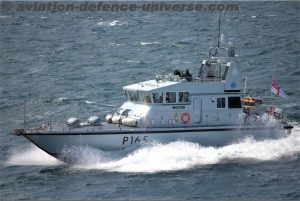
HMS Iron Duke
HMS IRON DUKE is a Type 23 frigate of the Royal Navy. Versatile and adaptable, she plays a key role in protecting our nation’s interests, from policing vital trade routes to supporting humanitarian aid missions. The picture below shows Iron Duke escorting a Russian vessel through UK waters in July 2025 as part of the Government’s ongoing commitment to safeguarding the integrity of UK waters and protecting national security.
As well as taking part in Royal Navy warfighting exercises and working alongside fellow NATO nations, Iron Duke is also involved in regular patrols across Northern Europe and the Baltic, where her crew engages with regional forces and provides security at sea.
Also in July, the frigate participated in Exercise Sea Breeze – the annual maritime training exercise co-hosted by the US and Ukraine. Focused on mine countermeasures and subsea threats, the exercise is critical for sharing knowledge and techniques given Ukraine’s success at maintaining control and projecting dominance in the Black Sea.
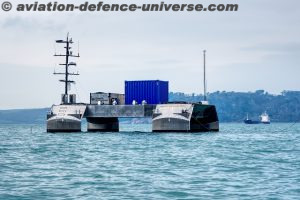
HMS Example
Based at HMS Calliope in Gateshead, HMS Example is one of 16 Archer-class patrol boats operating within the Royal Navy’s Coastal Forces Squadron.
Operated by a core crew of five sailors, HMS Example plays a key role in the training and skills development of Officer Cadets, the next generation of Royal Navy leadership. It is affiliated with HMS Dauntless, HMS Northumberland, No. 3 Flying Training School, Whitby, Durham School CCF, Newcastle RGS CCF, Sedbergh School CCF, and Northumberland District Sea Cadet Corps.
A regular participant in UK and NATO exercises and operations, over the last year, HMS Example has participated in multi-national NATO exercises in the Baltic Sea, an autonomous mine warfare tasking, amphibious operations on the west coast of Scotland and ceremonial services in France.
BNS Pollux
The sistership of BNS Castor – a DSEI 2023 visiting ship – BNS Pollux is part of the Belgian Navy’s contribution to the Belgian Coastguard Structure.
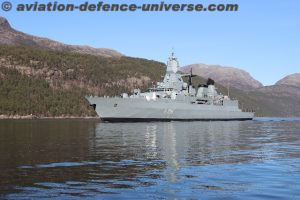
BNS Pollux’s responsibilities are wide-ranging, and include non-NATO monitoring operations alongside other contributors to the Coastguard structure, conducting military maritime surveillance, fishery and customs inspection, anti-pollution operations, MARPOL inspections, and search and rescue operations at sea.
FGS Sachsen
FGS Sachsen is the first of the German Navy’s SACHSEN class of air-defence frigates. Commissioned in 2004, she is primarily tasked with protecting naval groups from air and missile threats.
Equipped with the advanced multifunction radar APAR and the long-range air surveillance radar SMART-L, FGS Sachsen was designed for an anti-air warfare role. With her Mk41 Vertical Launch System, she is able to provide three layers of air defence missiles (SM2, ESSM, RAM) in addition to a broad range of weaponry to engage targets in the air, at sea or on land.
Throughout her service life, FGS Sachsen has frequently been deployed in NATO missions and exercises. These include deployments with Standing NATO Maritime Group 1, Operation Atalanta off the coast of Somalia, Standing NATO Maritime Group 2, and the high-profile NATO exercise Trident Juncture.
In 2022, FGS Sachsen was involved in a bilateral interoperability exercise with the US and German Navies in the Baltic Sea, advancing operational manoeuvrability and reinforcing security and stability on NATO’s northern flank. Recently completing her training and work-up to operations, culminating in her successful participation at Operational Sea Training in Plymouth, FGS Sachsen is now ready for the full range of national or NATO deployments.
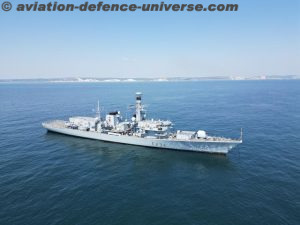
“This year’s DSEI UK is particularly exciting about representation from the maritime domain. Across the Naval Zone, attendees can expect to see a range of technologies and capabilities that promise to transform how unconventional tactics can integrate and work in conjunction with conventional naval warfare. The real-life applications of these technologies will be illustrated through the live demonstrations of autonomous systems on each day of the show.
The presence of warships and other vessels from the UK and allies such as Belgium, Denmark, Germany, and Latvia is really what makes DSEI UK unique in the defence trade show calendar.
Over the past two years, we have faced increased threats to our critical undersea infrastructure while at the same time drawing lessons from Ukraine’s success in denying Russia control of the Black Sea. Therefore, the presence of these warships at DSEI UK reinforces the fundamental purpose of the show: promoting cooperation with our allies to counter common challenges and prepare our militaries for the threats of the future.”


















